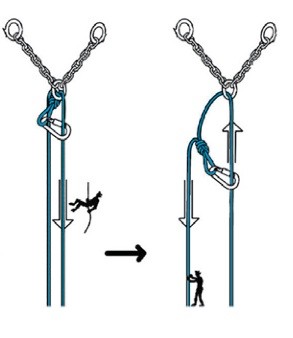A sad Mother's Day for Mrs. Ellis. Rappelling continues as one of the most dangerous of climbing-related activities.
Mountain Impulse wrote:A sad Mother's Day for Mrs. Ellis. Rappelling continues as one of the most dangerous of climbing-related activities.
When I was a very young lad, an old experienced climber asked me if I liked rappelling. Of course, I responded, "No."
He said you could always tell the neophyte climbers because they still liked rappelling.

